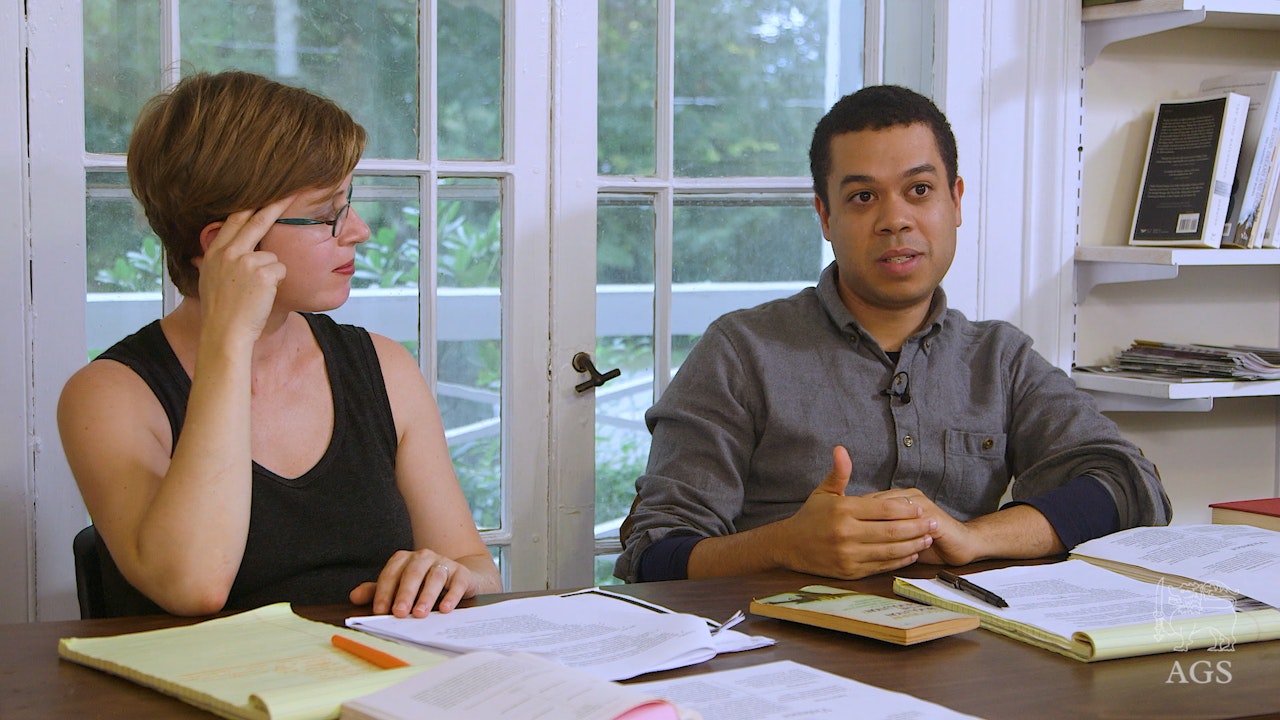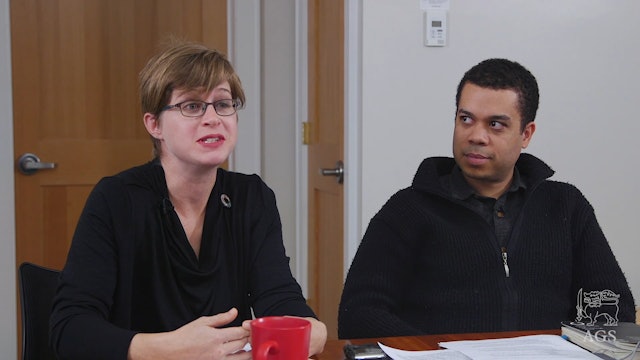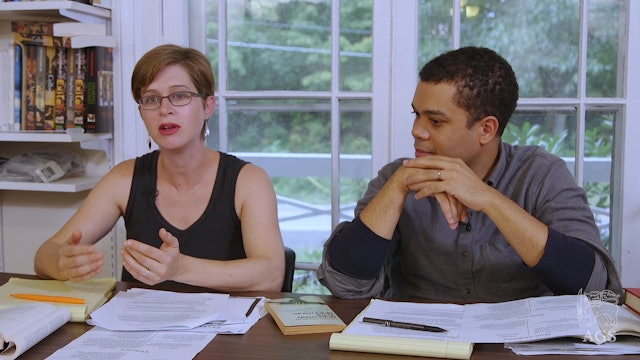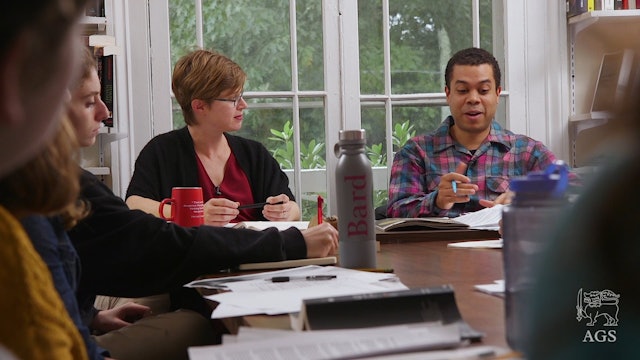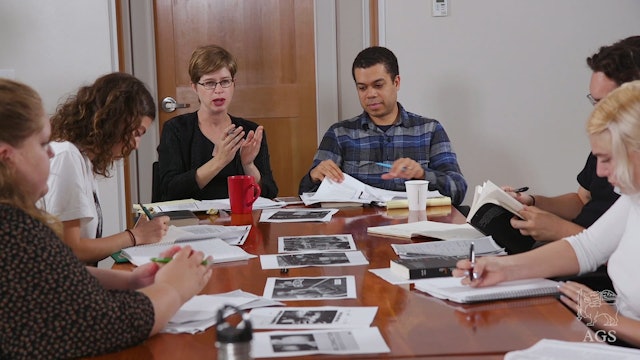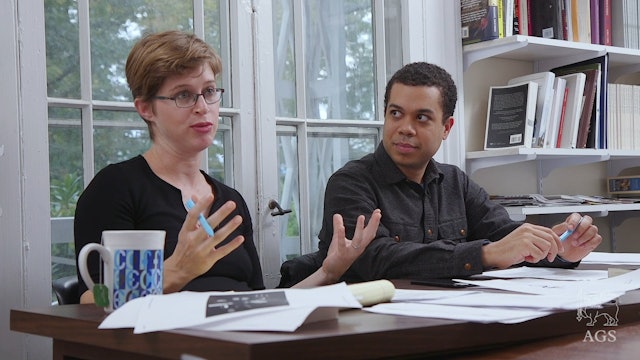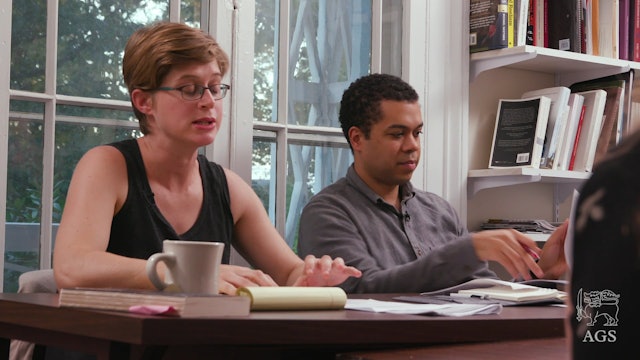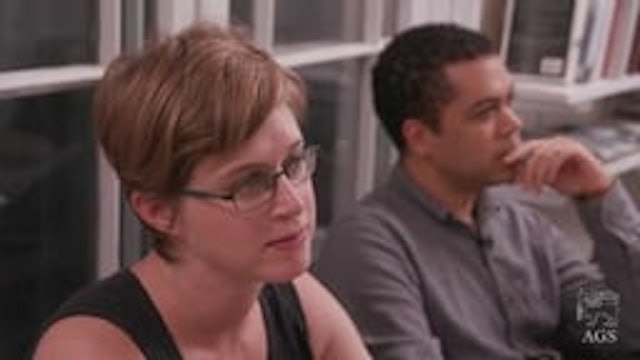How to Change The World—Theories and Practices (Course One)
Whether we are campaigning on civil rights, environmental justice, refugee rights or LGBTQIA and women’s rights, the first prerequisite to success is a theory of social change that guides our methods. The range of potential protest tactics is so plentiful—from direct action in the streets to silent prayerful vigils, self-organized worker cooperatives to electoral ballot initiatives—that every activist, whether consciously or not, relies on a theory of change to decide their actions. If the theory of change underlying our activism is false, then our protests are bound to fail.
At the same time, social change is constant and complex, involving factors both within and beyond human control. Often, an unexamined set of assumptions govern—and limit—our attempts to make change. This course intends to refresh and expand our thinking about activism by studying theories of change.
-
Syllabus and Course Readings for How to Change the World
22.3 MB
To get the most out of this course, please review the syllabus and read the course materials prior to watching each seminar video.
-
1. How Does Change Happen?
Whether we are campaigning on civil rights, environmental justice, refugee rights or LGBTQIA and women’s rights, the first prerequisite to success is a theory of social change that guides our methods. The range of potential protest tactics is so plentiful—from direct action in the streets to sile...
-
2. Voluntarism - Violence vs Nonviolence
-
3. Structuralism - Structures vs Agents
-
4. Subjectivism - How does Inner Reality Impact External Reality
-
5. Theurgism - Can the Gods Save Us Now?
-
6. Activist Futurism - What is the Future of Activism?
-
7. Student Campaign Proposals

